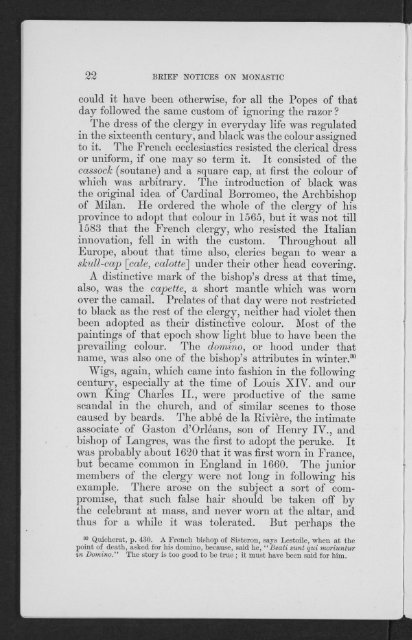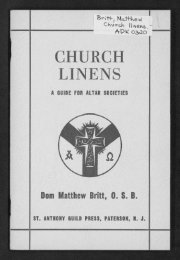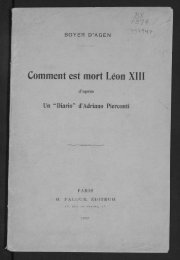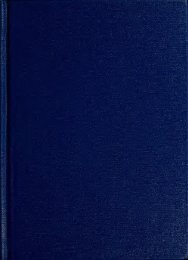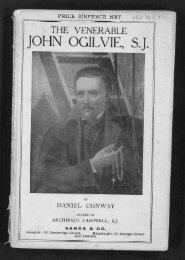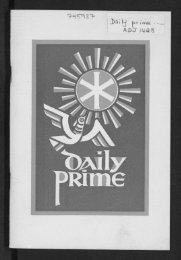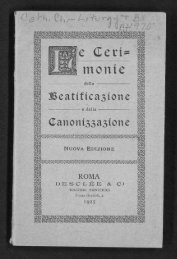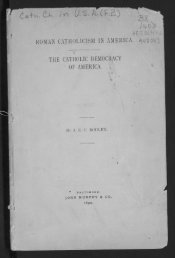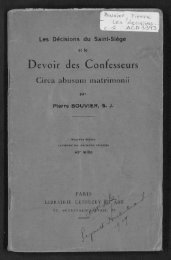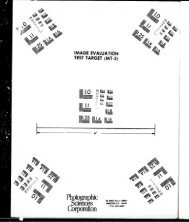MONASTIC AND ECCLESIASTICAL. COSTUME.
MONASTIC AND ECCLESIASTICAL. COSTUME.
MONASTIC AND ECCLESIASTICAL. COSTUME.
You also want an ePaper? Increase the reach of your titles
YUMPU automatically turns print PDFs into web optimized ePapers that Google loves.
22 BBIEF NOTICES ON <strong>MONASTIC</strong><br />
could it have been otherwise, for all the Popes of that<br />
day followed the same custom of ignoring the razor ?<br />
The dress of the clergy in everyday life was regulated<br />
in the sixteenth century, and black was the colour assigned<br />
to it. The French ecclesiastics resisted the clerical dress<br />
or uniform, if one may so term it. It consisted of the<br />
cassock (soutane) and a square cap, at first the colour of<br />
which was arbitrary. The introduction of black was<br />
the original idea of Cardinal Borromeo, the Archbishop<br />
of Milan. He ordered the whole of the clergy of his<br />
province to adopt that colour in 1565, but it was not till<br />
1583 that the French clergy, who resisted the Italian<br />
innovation, fell in with the custom. Throughout all<br />
Europe, about that time also, clerics began to wear a<br />
skull-cap [cale, calotte] under their other head covering.<br />
A distinctive mark of the bishop's dress at that time,<br />
also, was the capette, a short mantle which was worn<br />
over the camail. Prelates of that day were not restricted<br />
to black as the rest of the clergy, neither had violet then<br />
been adopted as their distinctive colour. Most of the<br />
paintings of that epoch show light blue to have been the<br />
prevailing colour. The domino, or hood under that<br />
name, was also one of the bishop's attributes in winter. 80<br />
Wigs, again, which came into fashion in the following<br />
century, especially at the time of Louis XIV. and our<br />
own King Charles II., were productive of the same<br />
scandal in the church, and of similar scenes to those<br />
caused by beards. The abbé de la Rivière, the intimate<br />
associate of Gaston d'Orléans, son of Henry IV., and<br />
bishop of Langres, was the first to adopt the peruke. It<br />
was probably about 1620 that it was first worn in France,<br />
but became common in England in 1660. The junior<br />
members of the clergy were not long in following his<br />
example. There arose on the subject a sort of compromise,<br />
that such false hair should be taken off by<br />
the celebrant at mass, and never worn at the altar, and<br />
thus for a while it was tolerated. But perhaps the<br />
30 Quicherat, p. 430. A French bishop of Sisteron, says Lestoile, when at the<br />
point of death, asked for his domino, because, said he, "Beati sunt qui moriuntur<br />
m Domino." The story is too good to be true ; it must have been said for him.


